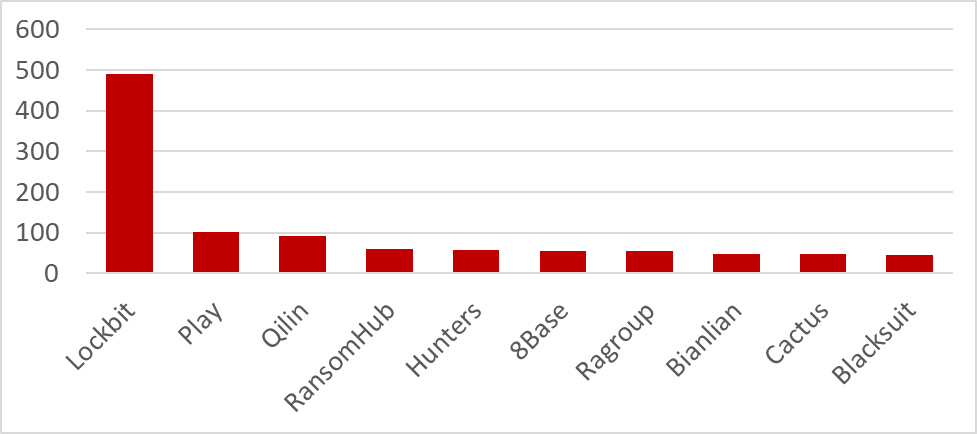
Cybersecurity experts who analyzed the recently emerged ransomware operation RansomHub speculate that is is a rebranded version of Knight ransomware.
Knight, also known as Cyclops 2.0, appeared in the threat landscape in May 2023. The malware targets multiple platforms, including Windows, Linux, macOS, ESXi, and Android. The operators used a double extortion model for their RaaS operation.
Knight ransomware-as-a-service operation shut down in February 2024, and the malware’s source code was likely sold to the threat actor who relaunched the RansomHub operation. RansomHub claimed responsibility for attacks against multiple organizations, including Change Healthcare, Christie’s, and Frontier Communications.
Researchers at Symantec, part of Broadcom, discovered multiple similarities between the RansomHub and Knight ransomware families, suggesting a common origin:
However, despite the two malware share origins, it is unlikely that the authors of Knight are now operating RansomHub.
“One main difference between the two ransomware families is the commands run through cmd.exe. While the specific commands may vary, they can be configured either when the payload is built or during configuration. Despite the differences in commands, the sequence and method of their execution relative to other operations remain the same.” states the published by Symantec.
Although RansomHub only emerged in February 2024, it has rapidly grown and, over the past three months, has become the fourth most prolific ransomware operator based on the number of publicly claimed attacks.

“One factor contributing to RansomHub’s growth may be the group’s success in attracting some large former affiliates of the Noberus (aka ALPHV, Blackcat) ransomware group, which closed earlier this year. One former Noberus affiliate known as Notchy . In addition to this, tools previously associated with another Noberus affiliate known as Scattered Spider, were used in a recent RansomHub attack.” concludes the report that also provides Indicators of Compromise. “The speed at which RansomHub has established its business suggests that the group may consist of veteran operators with experience and contacts in the cyber underground.”
Follow me on Twitter: and and Mastodon
(SecurityAffairs – hacking, ransomware)